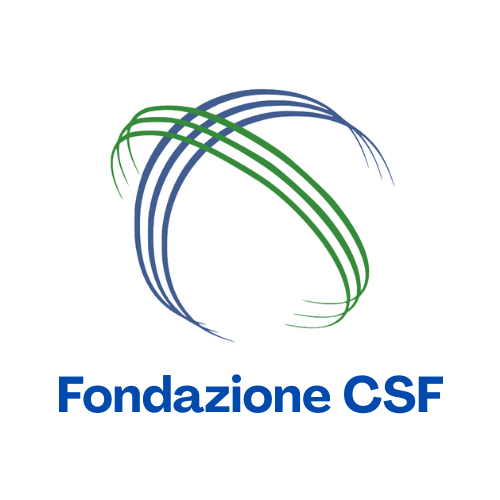Olimpia Fontana / 4 February 2025
Commentary no. 314
The European Commission has presented the long-awaited roadmap that will guide the European Union (EU) over the next five years: the Competitiveness Compass (CC), a blueprint for regaining growth and international competitiveness. This document outlines several initiatives with a clear timeline. The strategy builds on previously established directions: European growth must be rooted in the green transition and in reducing dependencies on external shocks while leveraging the untapped potential of the single market. In practice, it serves as an operational plan based on the recommendations of reports by Mario Draghi and Enrico Letta.
The CC begins by highlighting three historical factors that the EU can no longer rely on: strong external demand in a global open trading system, access to cheap and abundant fossil energy, and the peace dividend provided by relative geopolitical stability. In line with the Draghi Report, the Commission identifies three transformative needs to boost competitiveness: closing the innovation gap with the United States and China, which has widened since the 1990s and affects sectors such as artificial intelligence, semi-conductors, bio-technology, clean energy technologies, robotics, and space technologies; aligning competitiveness-led growth with the phase-out of fossil fuels; and reducing excessive foreign dependencies while increasing security (economic, commercial, energy, technological and military).
To complement these three pillars, the CC lists cross-sectoral measures: regulatory and bureaucratic simplification, reduction of internal market barriers, provision of adequate financial resources, promotion of skills aligned with market needs and quality jobs, as well as improvement of vertical coordination of policies between national and European levels.
However, concerns remain about the ambitions of the CC and the means proposed to implement them. First, there is no explicit reference to the European Green Deal (EGD), the flagship agenda of the first von der Leyen Commission. While the EU's decarbonisation target (-90% emissions by 2040) remains, the approach is now framed within broader industrial, trade, and competition policies, signaling a shift towards a more holistic approach. The forthcoming Clean Industrial Deal is expected to replace the EGD, but there are concerns that it might dilute its original goals, especially given deregulatory pressures in Europe and the withdrawal of the United States from the Paris Agreement under the Trump administration.
A second concern relates to innovation and available resources. The EU needs to improve the conditions for breakthrough innovation by addressing the weaknesses of existing programmes. A key example is Horizon Europe, which is spread across too many sectors, has complex access procedures, and does not focus on revolutionary innovation. The next EU research and innovation framework (Framework Programme 10), due to start in 2028, should prioritise a narrower set of political priorities.
A potentially interesting proposal in the CC is the creation of the European Competitiveness Fund (ECF), which would centralise multiple programmes (Horizon Europe, Innovation Fund, InvestEU, EU4Health, European Defence Fund). The ECF would also co-finance Important Projects of Common European Interest (IPCEIs), which support key sectors for EU competitiveness. These are projects of private companies that receive public funding from national governments under exemptions from EU state aid rules. The goal of the ECF is to provide coordinated investments in strategic sectors, from innovation to industry, healthcare, and defence.
In 2022, then Internal Market Commissioner, Thierry Breton, proposed a similar initiative, the European Sovereignty Fund, partly financed by new EU public debt. This idea was replaced by a more moderate approach, the Strategic Technologies for Europe Platform (STEP), which streamlines existing centralised funds. The ECF continues in this direction, aiming for greater coordination of funds and programmes through a new governance mechanism (Competitiveness Coordination Tool), similar to the European Semester for economic policy. However, the document does not explicitly propose new EU fiscal resources.
The CC does not link the introduction of new own resources for the EU budget – such as the Carbon Border Adjustment Mechanism (CBAM), planned for 2026 – to the urgent financial needs of European industrial policy. Instead, the focus is on a "refocused EU budget" and a Savings and Investment Union to channel Europe's abundant private wealth into strategic investments. However, the Draghi Report clearly states that the private sector also needs public capital to finance a competitiveness plan of €800 billion per year, essentially an NGEU (Next Generation EU) every year. Without a decision on new own resources, the EU’s spending capacity will be constrained by the obligation to repay the NGEU debt from 2028 onward (around €30 billion per year for 30 years).
*Mario Albertini Fellow del Centro Studi sul Federalismo e Ricercatrice dell’Università Cattolica del Sacro Cuore.

 En
En  It
It 



